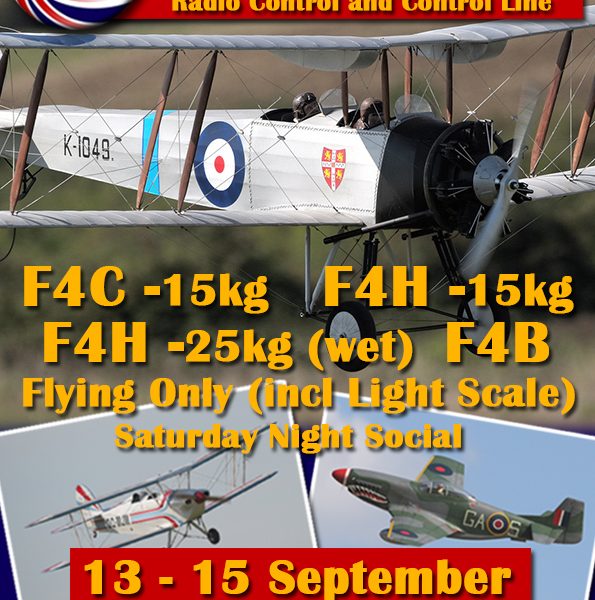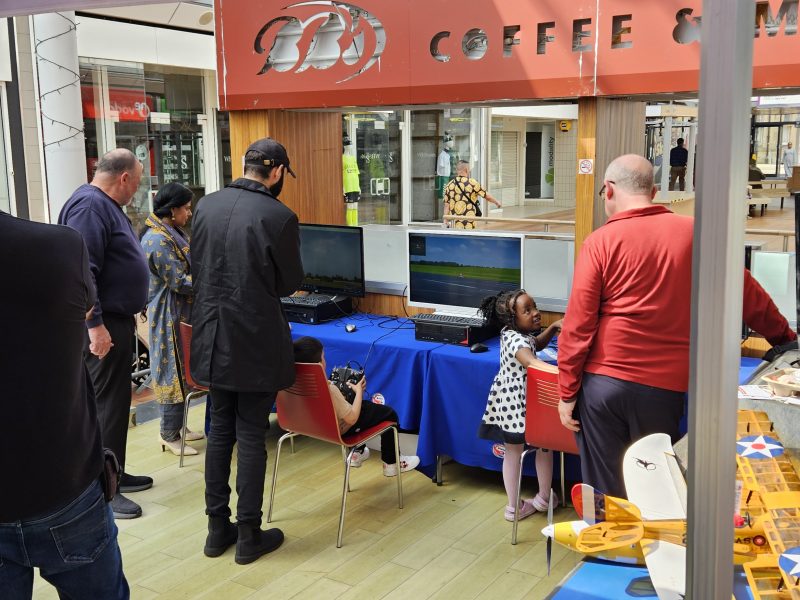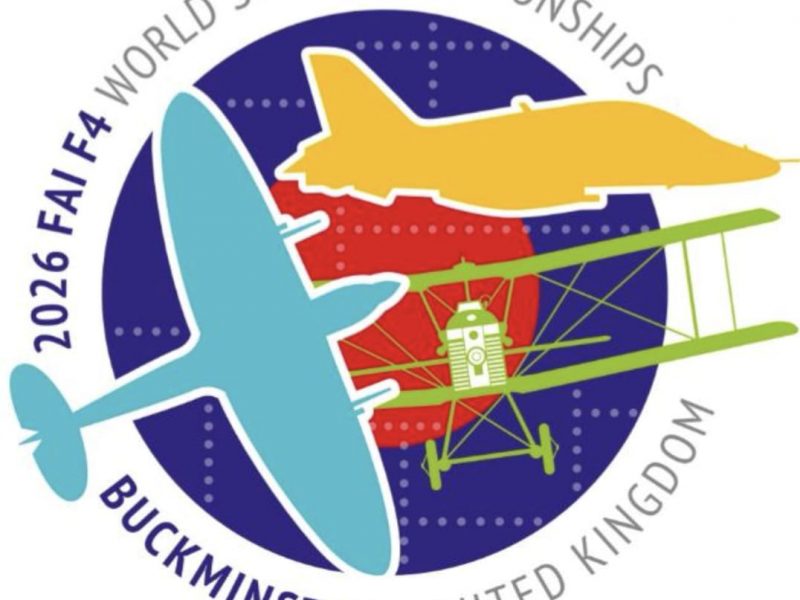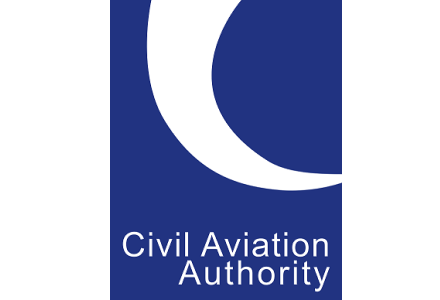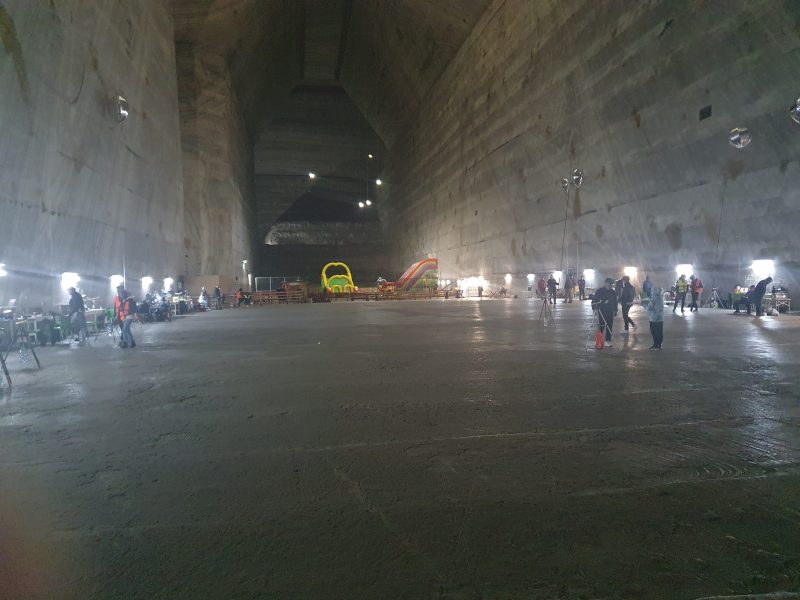<p>Martyn Pressnell Ceng, FRAeS</p>
<p>24/9/1936 – 8/1/2017</p>
<p>Born in Southend, Martyn was an aviation enthusiast since childhood, becoming an experienced designer of model aircraft at the age of eighteen for Contest Kits of Leigh-on Sea. His particular interest was free-flight rubber competition, an interest he pursued all his life.</p>
<p>After a degree in aeronautical engineering from London University<a name="_GoBack"></a>, he trained as an airframe structures engineer at Handley Page, working in the stress office on the Victor programme and other projects. He chaired Hertfordshire Pedal Aeronauts who in 1967 started the design and building of the Toucan man-powered aircraft. Spanning 139 feet (42.4 metres), construction took five years. Finally, powered by two men, the aircraft flew at Radlett aerodrome in 1972, achieving a best flight of 640 metres. He later became vice-chairman of the Royal Aeronautical Society Man Powered Aircraft Group and was involved in specifying the rules for the Kremer prizes over the years.</p>
<p>After the closure of Handley Page in 1970 Martyn joined Hatfield Polytechnic (later Hertfordshire University), and became Principal Lecturer in the Mechanical, Aeronautical and Automotive Engineering Division. Each year he inspired and motivated first year undergraduates by arranging field trips to Duxford. He recognised that it was essential to address real engineering problems and incorporate them into lectures and project work.</p>
<p>He later became involved with hybrid airships and qualified as a CAA chief stress engineer on airships. He was on the design team for the German government-sponsored Cargolifter project in the late 1990’s. He claimed to spot a serious flaw in the project – namely when you have delivered the 75 tonne payload how do you hold the carrying airship down to stop it flying away!</p>
<p>He was also involved in the development of the SkyCat lifting body airship in its very early days, and made the first flight of a large test model, the SkyKitten, about 6 metres long, radio controlled and electric powered, outside the airship sheds at Cardington.</p>
<p>Throughout his career he maintained an interest in free-flight model aircraft. He was a founder member of the Vikings Free Flight Group, formed from St. Albans and Norwich club members. He was Chairman of the St. Albans Model Aero Club for many years from the 1980s onwards. He worked tirelessly to develop the club, transforming it from a small group flying on a public site to a well regulated club with a private flying site, sound finances, training schemes, social events and support for local charities. At the Millennium he organised the publication of a club history for 1910-2000. He designed a range of glass-filled nylon model aircraft propellers for RAM Ltd in 1997, using his aerodynamic skills, and St. Albans MAC members did the testing.</p>
<p>He was instrumental in the development of different forms of turbulators and invigorators to improve the airflow over model aircraft wings and published articles on the performance of rubber powered models. He wrote Aerofoils for Aeromodellers and, in 2015, <a href="https://www.amazon.co.uk/Model-Planes-Aerofoils-Martyn-Pressnell/dp/0719815401/ref=sr_1_2?s=books&ie=UTF8&qid=1485208907&sr=1-2&keywords=pressnell">Model Planes: Aerofoils and Wings. </a>In retirement he published re-drawn plans for classic designs from the ‘40s and ‘50s, trading as MSP plans. He built the replicas of some of these aircraft which are currently on display in the National Aerospace Library at Farnborough.</p>
<p><em>By Martin Dilly, with thanks to John Taylor, Brian Rapier, Michael Campbell, Trevor Breckell and Roger Newman for additional material. </em></p>
<p> </p>
<p> </p>
<p> </p>
